A review and sample photos of the MS-Optics APOQUALIA-H 50mm F3.5 lens used with a digital rangefinder camera and a mirrorless camera.
- Please see the disclaimer regarding advertising here.
- Italicized links in the text are advertisement links that take you to other sites.
Table of contents
Gallery
The following cameras were used to take the sample photos.
- LEICA M10
- LEICA M-P typ240
- LEICA M9
- LEICA M8.2
- EPSON R-D1xG
- LEICA T typ701
Review
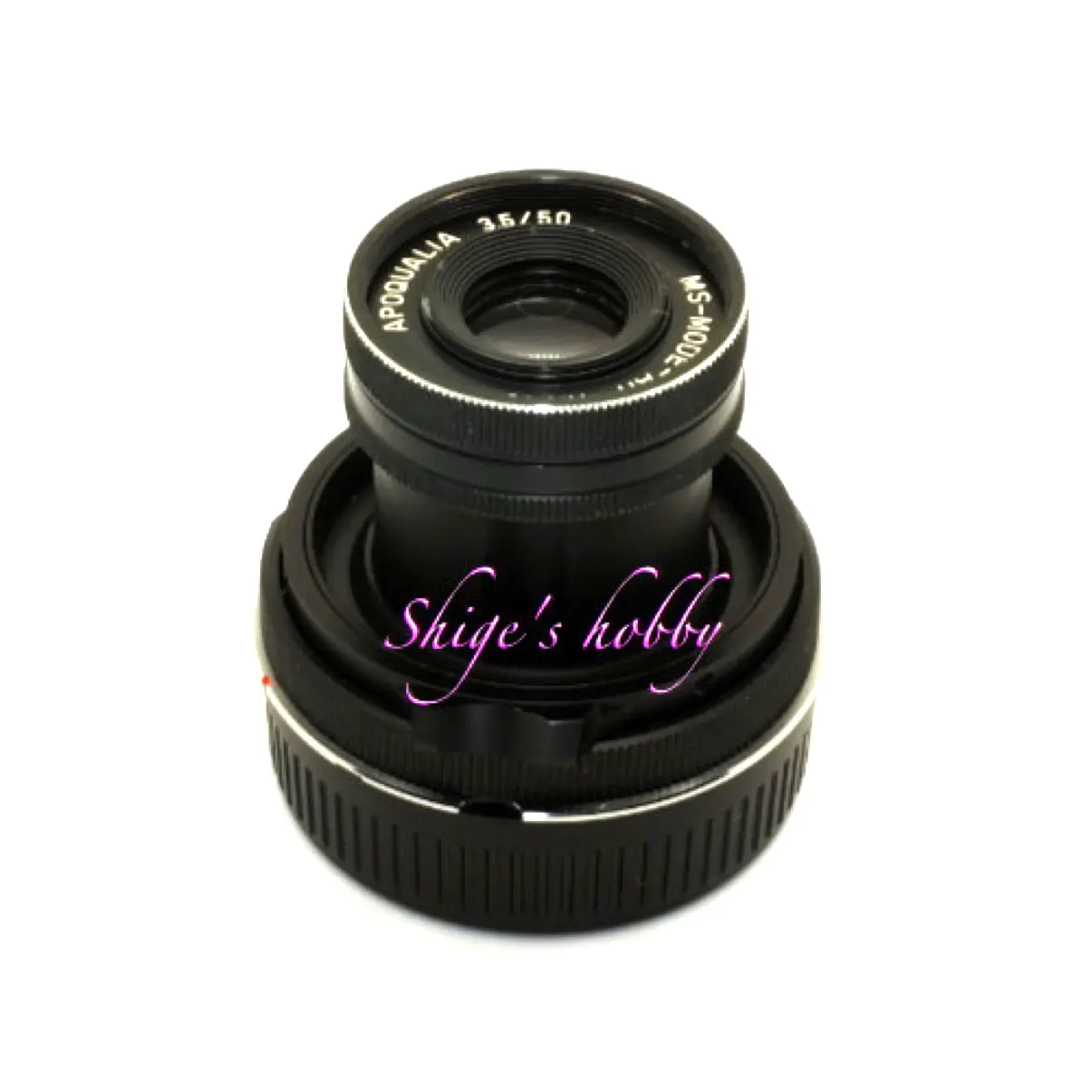

1.Overview
The APOQUALIA-H 50mm F3.5 is the second original lens released by Ms-optics (Miyazaki Optical) in 2009.
The lens is a Heliar type with 3 groups and 5 elements, and the minimum shooting distance is 0.8m. It is linked to the rangefinder of Leica M-type rangefinder cameras until the minimum shooting distance.
The filter system is 30.5mm, and a dedicated hood is included with new products. If you buy a used lens without a dedicated hood, the color is gold and it will be a bit of a mismatch with the black lens, but the Contax Tvs METAL HOOD T-550 has a mounting diameter of 30.5mm, so it can be used.
Although this lens is branded as Apoqualia, it does not have the characteristic of a bright maximum aperture value like the Apoqualia series lenses released after this.
The lens nameplate is also engraved with MS-MODE-AH, which I heard is an abbreviation for APO-HELIAR or APOQUALIA-HELIAR.
2.Usability
The APOQUALIA-H 50mm F3.5 is not a particularly fast lens with an aperture of F3.5, but it delivers sharp and clear images even at its widest aperture. The bokeh in the foreground and background is decent, but with higher pixel counts, the double-line bokeh can be noticeable in scenes with branches and other similar elements.
The first lens released by Ms-optics was an ambitious lens that appealed to those who appreciate large apertures, featuring a Sonnar design, a 50mm focal length, and a maximum aperture of F1.3. The camera shop owner who sold this lens lamented, “This is a specification that won’t sell very well.” Due to the limited number of units released, it is rarely seen in the used market.
Digital rangefinder camera
The LEICA M10, LEICA M-P typ240, and LEICA M9, used for shooting with the MS H PETZ 57mm F2 lens, are all digital rangefinder cameras equipped with 35mm full-frame sensors. The M10 and M-P typ240 have 24-megapixel sensors, while the M9 has an 18-megapixel sensor, placing them in the 20-megapixel class of digital cameras. Looking at the shooting results, in bright light, the central area’s depiction is sufficient to meet the resolution standards of a 20-megapixel class camera.
The LEICA M8.2 is a digital rangefinder camera equipped with an APS-H size 10-megapixel sensor. Because the sensor size is smaller than a 35mm film frame, the focal length is equivalent to 50mm * 1.33 = 67mm.
The EPSON R-D1xG is a digital rangefinder camera equipped with an APS-C size 6-megapixel sensor. Because the sensor size is smaller than a 35mm film frame, the focal length is equivalent to 50mm * 1.5 = 75mm.
Because these two cameras have smaller sensor sizes, the resulting images are generally cropped compared to a 35mm film frame, effectively cutting out the peripheral areas where the image quality is typically poorer. This extracts the best-performing central part of the lens, resulting in more stable image quality.
This is equivalent to extracting the central part of an image taken with a 35mm full-frame sensor.
Both cameras have pixel counts below 10 megapixels, and their resolution is inferior to high-megapixel sensor cameras, but they sufficiently reproduce the unique characteristics of the lens.
Mirrorless camera
The LEICA T typ701 is a mirrorless camera equipped with a 16-megapixel APS-C size sensor, resulting in an equivalent focal length of 50mm * 1.5 = 75mm. While the sensor size is the same as the EPSON R-D1xG, the pixel count is 10 million pixels higher, leading to increased image detail. However, this can sometimes result in distracting background blur.
The LEICA T typ701’s rear LCD screen provides a sharp display, but the focus point is difficult to discern. Therefore, the safest way to prevent out-of-focus shots is to magnify the focus area and adjust the focus while checking the image before shooting.
The same applies when using the VISOFLEX electronic viewfinder; it’s best to magnify and check the focus point before shooting.
Cameras with smaller sensor sizes, such as those using the Micro Four Thirds standard (50mm * 2 = 100mm equivalent focal length), are not used for this reason. As mentioned regarding digital rangefinder cameras, when using a mirrorless camera with a small sensor, only the sharpest central portion of the lens is used, resulting in a more stable image compared to cameras with 35mm film-sized sensors, where the edges are cropped.
Medium format digital mirrorless camera
The HASSELBLAD X2D-100C is a mirrorless camera equipped with a 100-megapixel 44mm x 33mm medium format digital sensor. The equivalent focal length in 35mm film format is 50mm * 0.8 = 40mm, resulting in a lens that covers a wide-angle to standard range.
The image circle covers the medium format digital sensor, and there is almost no vignetting. However, image distortion occurs in the peripheral areas at the widest aperture, but stopping down to around F5.6 improves the image quality in the peripheral areas, meaning that the entire sensor area can be used for imaging. The examples below show the image at the widest aperture on the left and at F5.6 on the right.
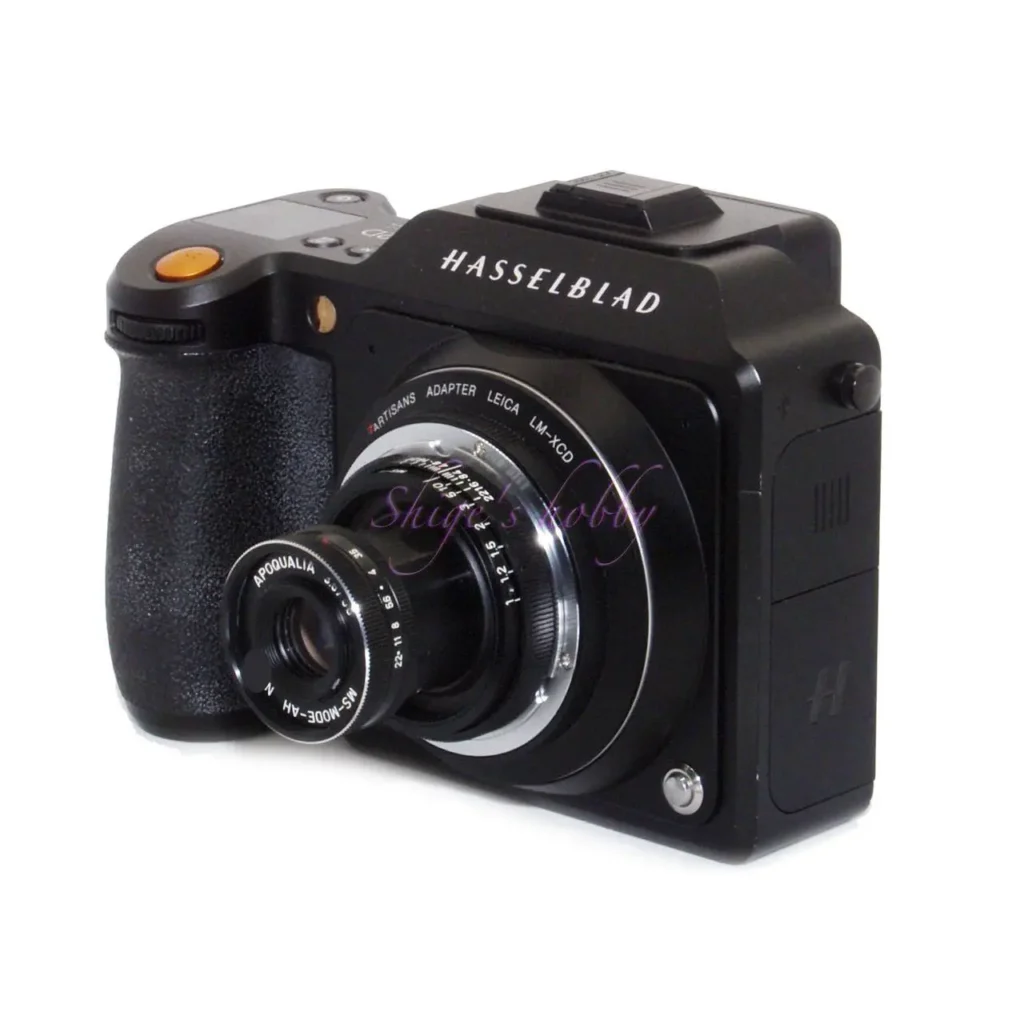

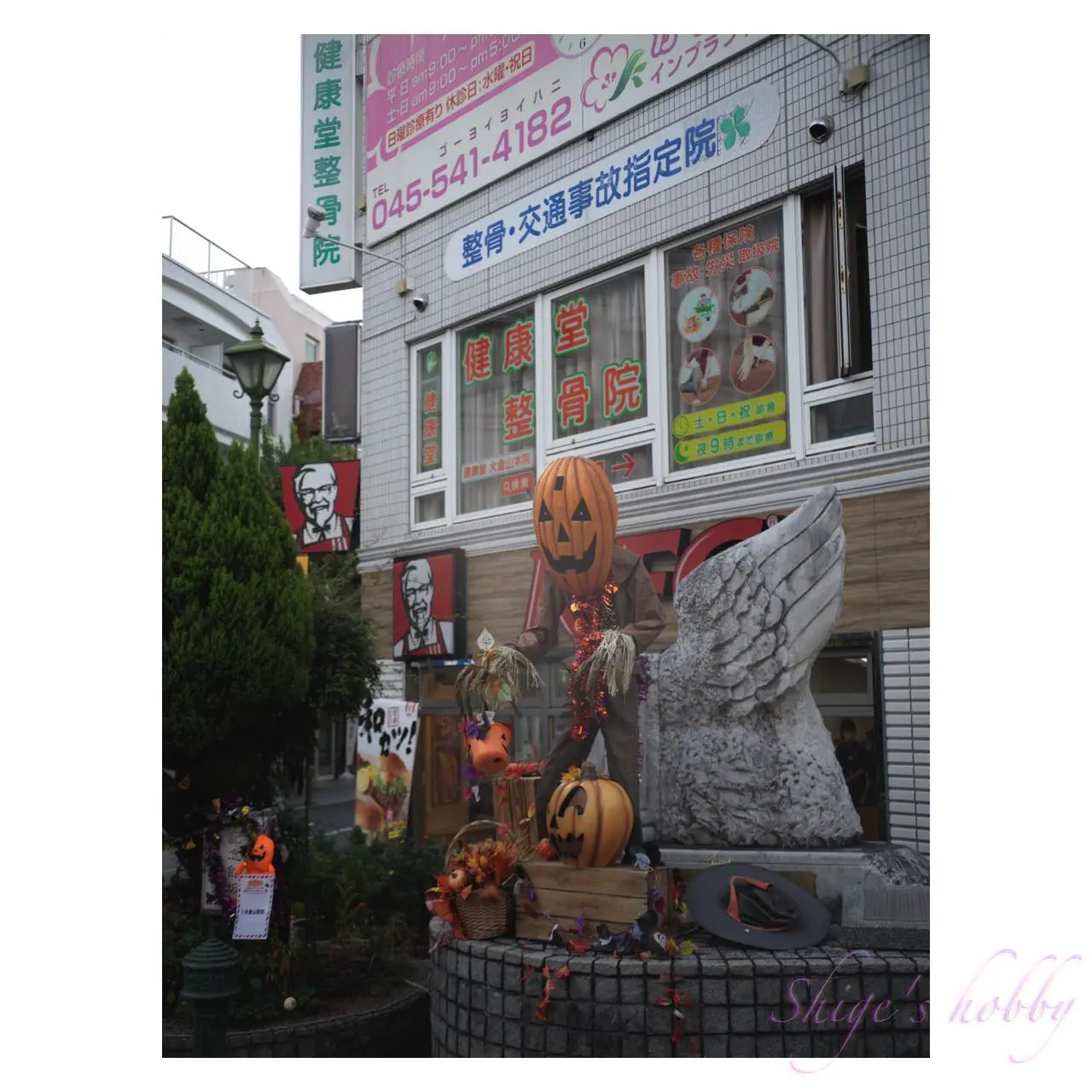
The Hasselblad X2D-100C is a camera that does not have a mechanical shutter, so it may experience rolling shutter distortion during shooting. The Fujifilm GFX series of mirrorless cameras, which also feature a medium format digital sensor, do have a mechanical shutter, making them a viable option for those who want to use M-mount lenses with a larger sensor.
3.Summary
In conclusion, to summarize the APOQUALIA-H 50mm F3.5, it is the second standard lens released by Ms-Optics. While it has modest specifications as a Heliar-type lens, its simple lens construction with fewer glass elements results in excellent image clarity, making it a lens favored by discerning photographers.
Although the maximum aperture is a relatively slow F3.5, this can be compensated for with high ISO settings and in-body image stabilization on modern digital cameras from the 2020s.
The lens has a large image circle, covering medium format digital sensors, indicating that it has even more headroom when used with 35mm full-frame sensor cameras.
Specifications, considerations, etc.
As of 2024, the Xenotar-type XENOMAX 50mm F3.5 with the same specifications has improved image quality and the lens barrel size is almost the same as this lens, so if you are not particular about the Heliar format, the XENOMAX may be easier to obtain.
In 2001, Cosina released a Heliar-type lens with the same specifications under the Voigtlander brand to commemorate the 101st anniversary of Helia, and it is unclear whether Mr. Miyazaki was aware of this because I did not ask him about it, but this was the only Heliar-type lens that Ms-optics has released since then, and has released Sonnar, Gauss, and very occasionally retrofocus lenses other than the Heliar format.
In contrast, Cosina has been working to increase the aperture of Heliar-type lenses under the Voigtlander brand, releasing the Heliar 50mm F2 in 2007 and the large-aperture Heliar 50mm F1.5 with a lens configuration of 3 groups and 6 elements in 2021.

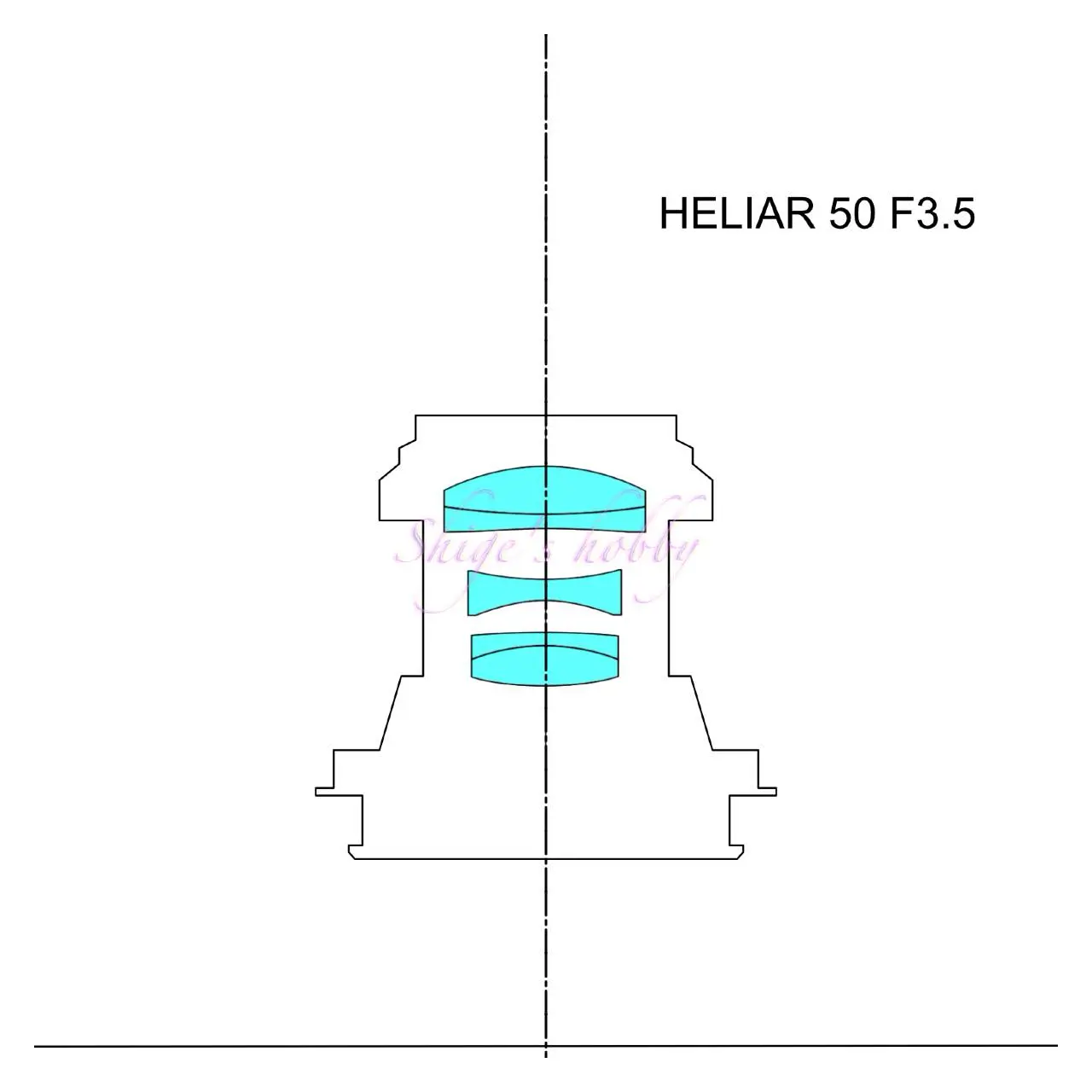
- The lens construction diagrams are quoted from each company’s materials, and the sizes have been adjusted by us, so they are not exact.
| Item | APOQUALIA-H | HELIAR 50mm F3.5 | HELAIR classic 50mm F1.5 VM |
| focal length(mm) | 50 | 50 | 50 |
| Maximum aperture | 3.5 | 3.5 | 1.5 |
| Minimum aperture | 22 | 22 | 16 |
| Leaf blade | 12 | 10 | 10 |
| Lens configuration | 5 elements in 3 groups | 5 elements in 3 groups | 6 elements in 3 groups |
| Minimum distance(m) | 0.8 | 1.0 | 0.5 |
| Lens length(mm) | 38 | 43.2 | 41.9 |
| Lens max diameter(mm) | 49 | 48 | 55 |
| Filter type | 30.5 | 27 | 49 |
| Weight(g) | 90 | 150 | 255 |
| Hood | Special trumpet-type screw-in | Special trumpet-type screw-in | Special trumpet-type screw-in |
| Lens mount | M | L39 | VM |
| Release date | 2009 | 2001 | 2021 |
| Price | ¥65,000 | ¥108,000(with camera) | ¥90,000 |
Reference links
- Heliar Wiki(Japanese)
- Heliar wiki(Deutsch)
- COSINA製品PDF・WebArchive
- HELIAR Vintage Line 50mm F3.5・Voigtlander Official page
- HELAIR classic 50mm F1.5 VM・Voigtlander Official page
- KONICA L39 HEXANON 50mm F2.4・Shige’s hobby
- Voigtlander L39 HELIAR 50mm F3.5 Year101・Shige’s hobby
- LEICA ELMAR 50mm F2.8・Shige’s hobby
- Ms-Optics APOQUALIA H 50mm F3.5・Shige’s hobby
Affiliate links
- Please see the disclaimer regarding advertising here.
- Italicized links in the text are advertisement links that take you to other sites.
- Leica Lens・Ads by Amazon
- Ms-optics・Ads by Amazon
- Leica Books・Ads by Amazon

Amazon Prime Sale
Update history
- 2025.10.30
- 2025.5.8
- 2024.03.10:Update article
- 2022.06.01:First draft

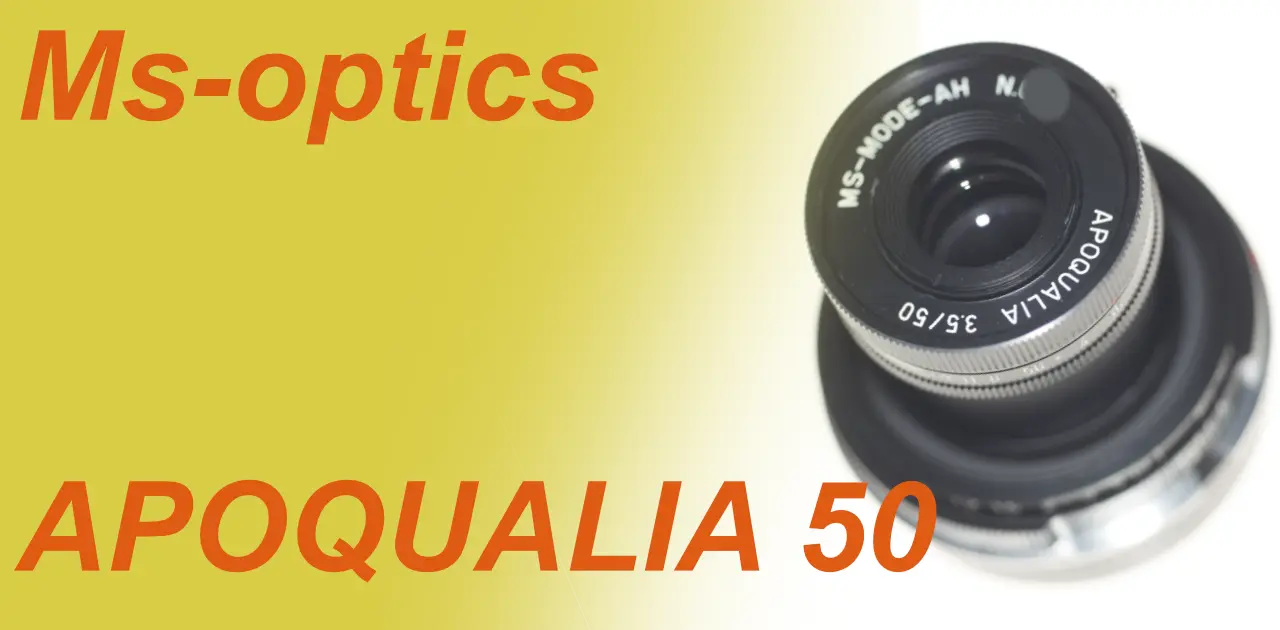

Be First to Comment